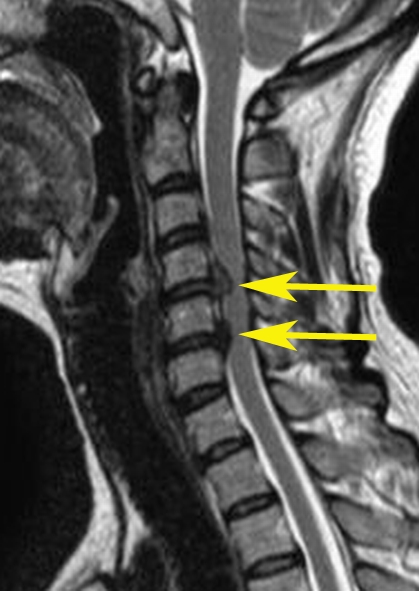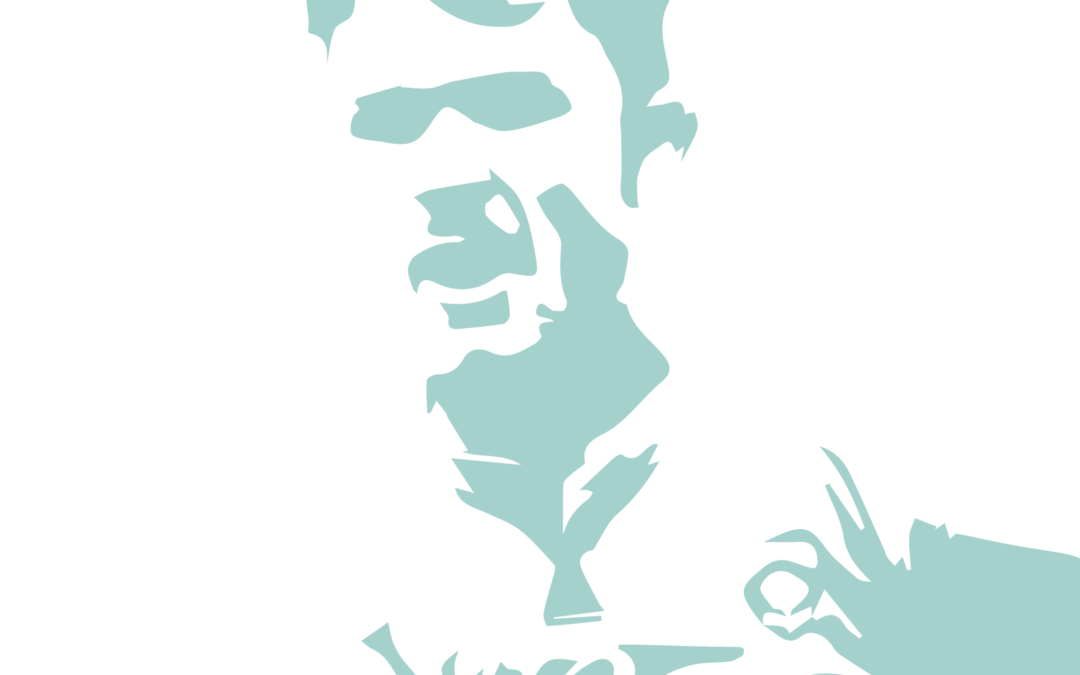Physical contact with other players is one of the key characteristics of rugby. This, combined with the speeds and forces involved in many sections of play, makes injury an inevitable part of the game. Full contact tackling at speed, scrums, rucks and mauls are all aspects of rugby that come with an obvious risk of injury, including to the back or neck.
Typical rugby neck and back injuries include muscle strains, vertebral fractures and dislocations, and of course disc injuries. South African international regular Duane Vermeulen was diagnosed with a bulging disc in 2015, sustained while playing for his club, the Stormers. A spasm in his neck led to him being referred for an MRI scan which showed a bulge at the level of the C5 vertebra (the fifth spinal ‘segment’ from the top). Read more about Vermeulen’s experience here.
A bulging disc occurs when the shock-absorbing material between the bones of the spine is partially pressed out of the gap, usually due to sudden extreme force or long-term irritation (such as poor posture). In case of neck or back pain where a disc injury is suspected, the patient will always be sent for an imaging examination, which could include CT, x-ray, or most likely MRI, which is the most sensitive method for detecting disc injury. The radiologist uses the physical changes they see on MR images in combination with the patient’s clinical symptoms in order to propose a diagnosis.
The usual appearance of a herniated disc is shown in the MR image below, in the sagittal plane. The arrows indicate the herniated discs, as well as the discs’ compression of the spinal medulla. MRI is able to show the exact level of herniated disc compression.

Note: image is an example – not that of the athlete named above.
A radiographer (or radiological tech) usually oversees examinations, deciding on angles and settings to achieve the best image, and then a radiologist interprets the resulting image and provides a report, which will help the athlete’s team decide how to plan to recovery.
For more information about bulging disc injuries click here, and for more on rugby neck injuries, click here.
